Best Herbs to Plant Together: Perfect Pairings for a Thriving Garden
Herb gardening is a joy—especially when your plants thrive together.
Planting herbs that get along not only saves space but also helps with growth, flavor, and pest control. It’s like matchmaking for your garden beds!
In this guide, we’ll break down the best herbs to plant together and which ones to keep at arm’s length, so you can create a happy, fragrant, and productive herb garden.
Why Plant Herbs Together?
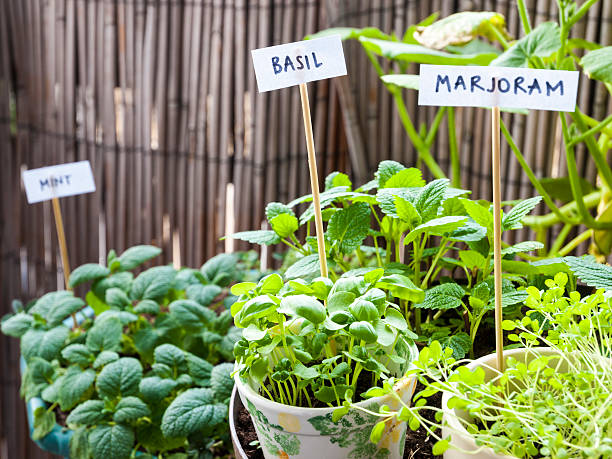
Planting compatible herbs together means:
- Improved growth thanks to shared environmental needs
- Better, richer flavor profiles
- Built-in pest control without needing chemicals
- Less maintenance and more efficient watering
- A prettier, more fragrant garden (bonus!)
It’s called companion planting, and it’s kind of like setting up your favorite people at the same dinner table—everything just flows better.
It’s an age-old gardening method that taps into the natural benefits plants can offer each other when they share space wisely.
The Best Herb Combos (A.K.A. Plant Besties)
1. Basil + Parsley + Cilantro
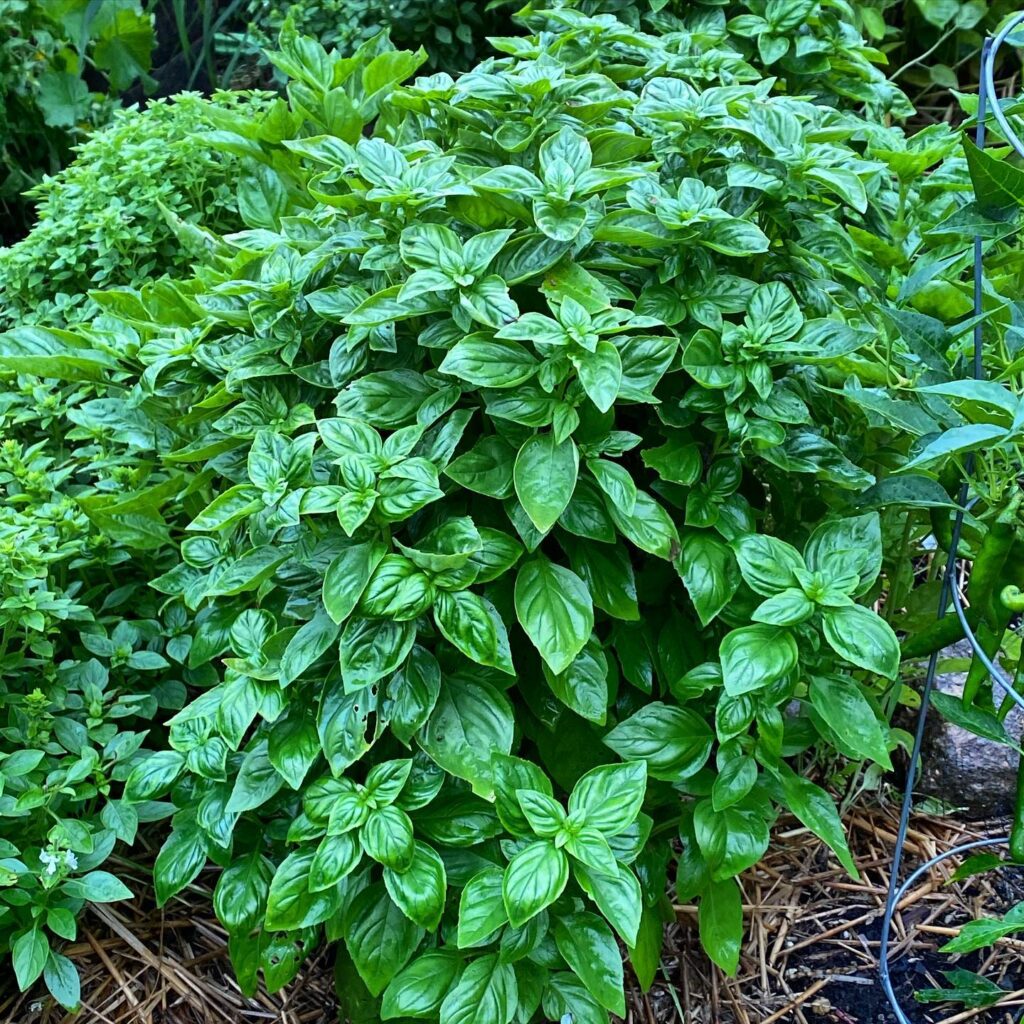
These three are the fresh-faced stars of summer. They thrive in moist soil and partial to full sun. All three love consistent watering and can grow side-by-side in a shared raised bed or container.
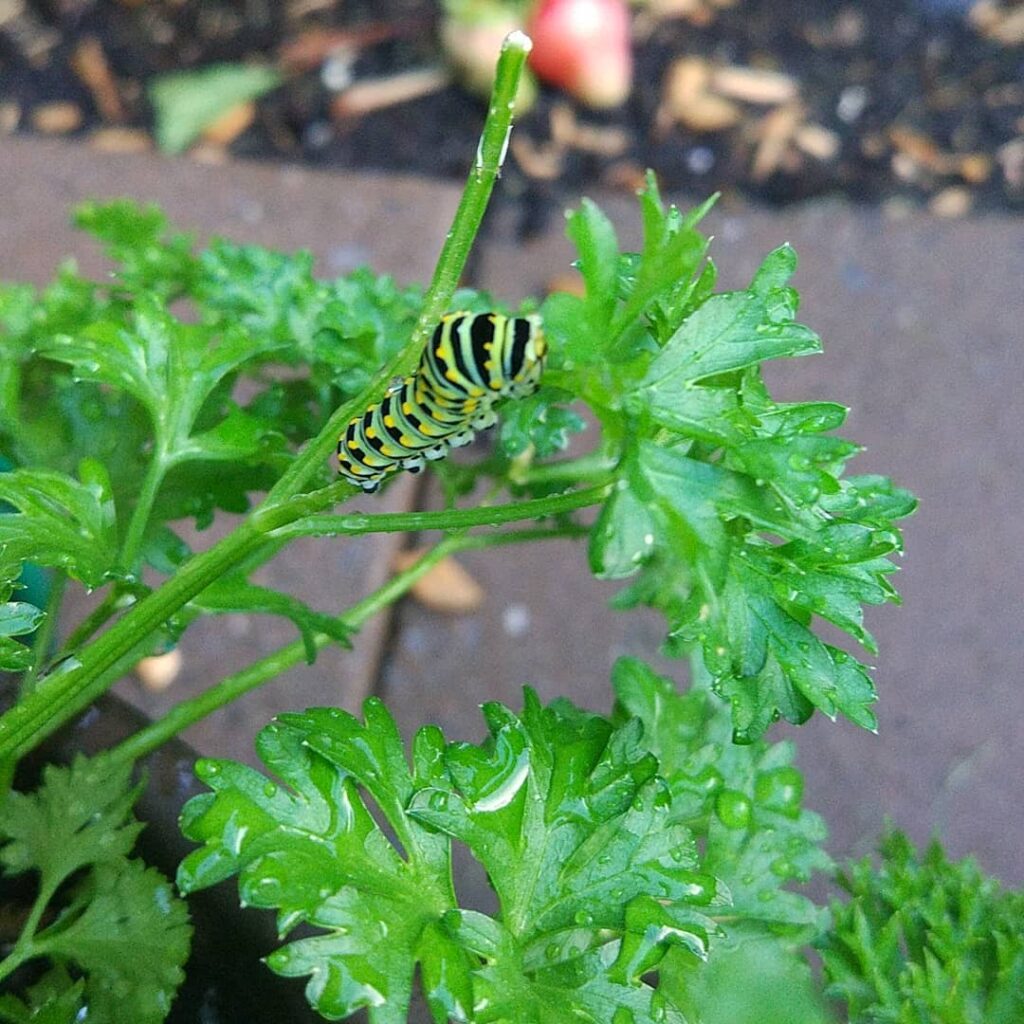
Tip: These are fast growers and bolt easily in high heat. Keep harvesting frequently to encourage bushier plants and avoid premature flowering.
They also make a flavorful trio for any kitchen—think salads, sauces, and garnishes galore. Grow them close to the kitchen for easy access while cooking.
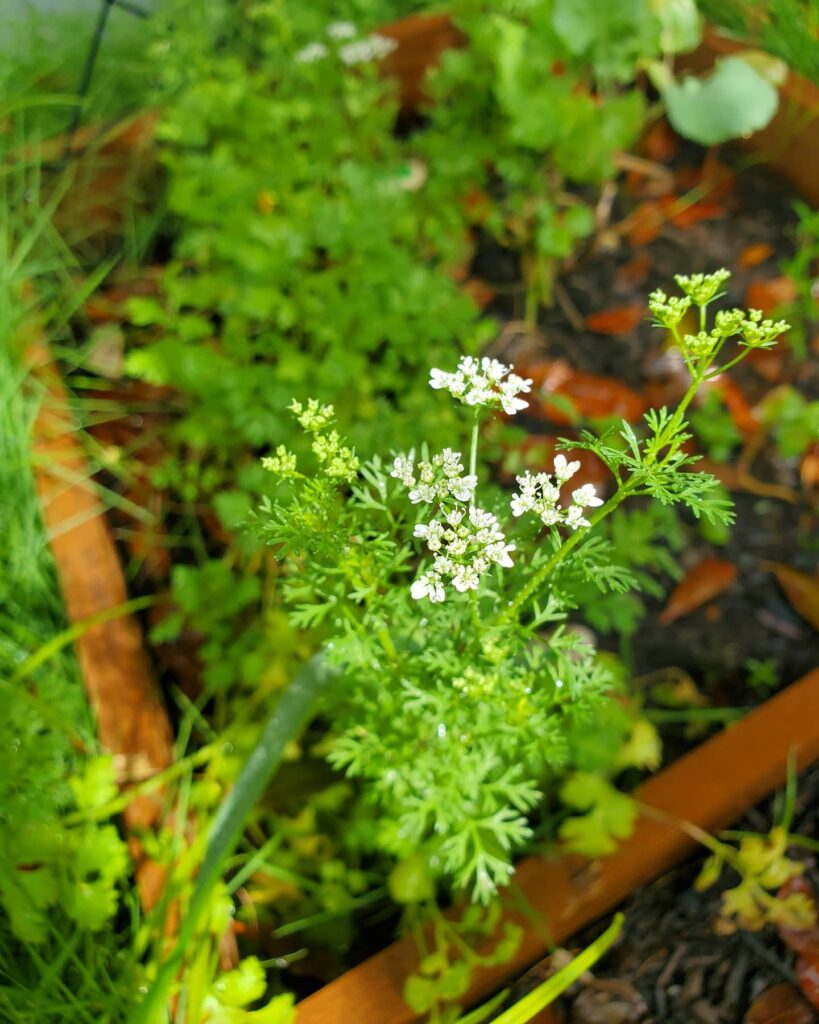
Rosemary + Sage + Thyme + Lavender
Here’s your Mediterranean squad. These herbs like it dry, sunny, and well-drained. They’re tough, drought-tolerant, and low-maintenance once established.
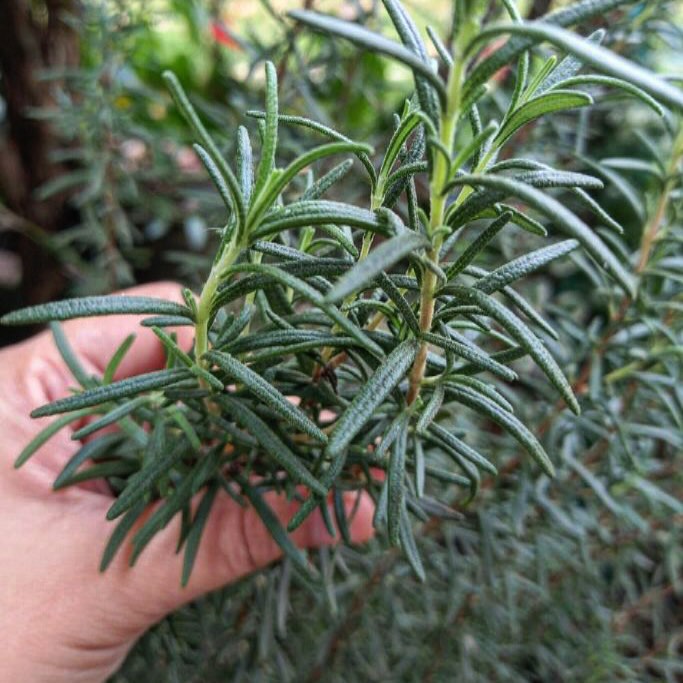
Tip: Don’t overwater! They hate soggy roots. Add some sand or gravel to your soil mix for extra drainage.
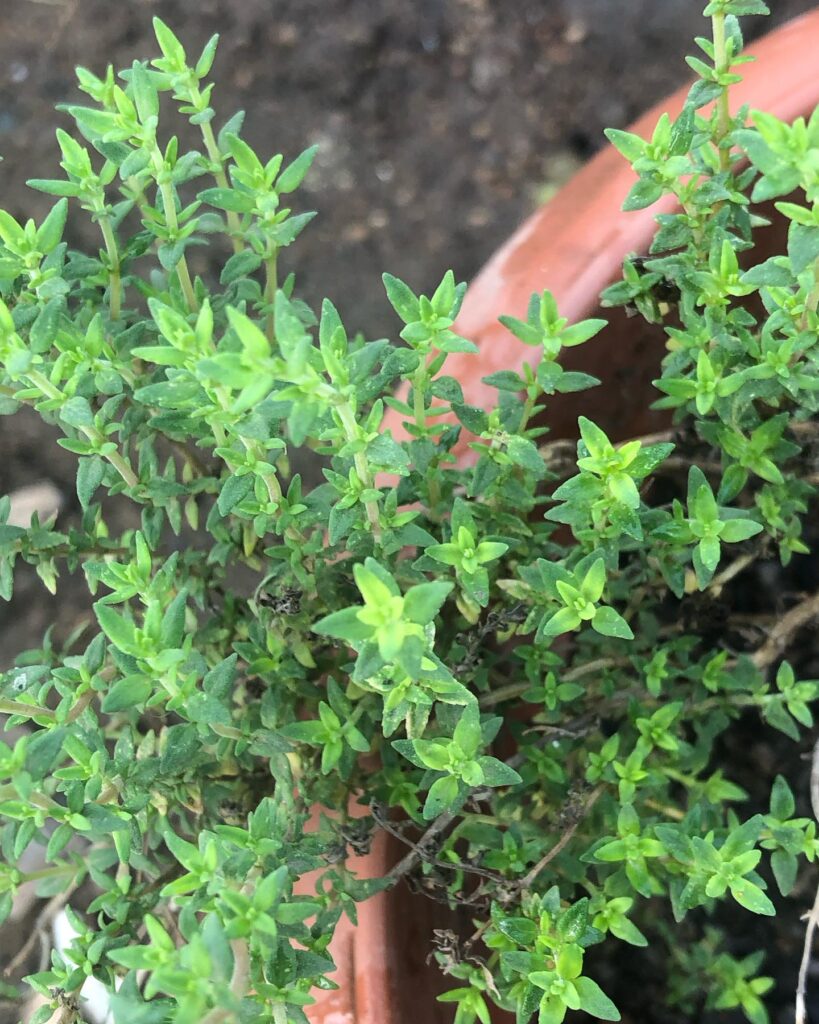
These herbs also repel pests like cabbage moths, beetles, and mosquitoes. And bonus—they look gorgeous together. A rosemary-sage-thyme-lavender corner smells like a dream and looks like a Mediterranean escape.
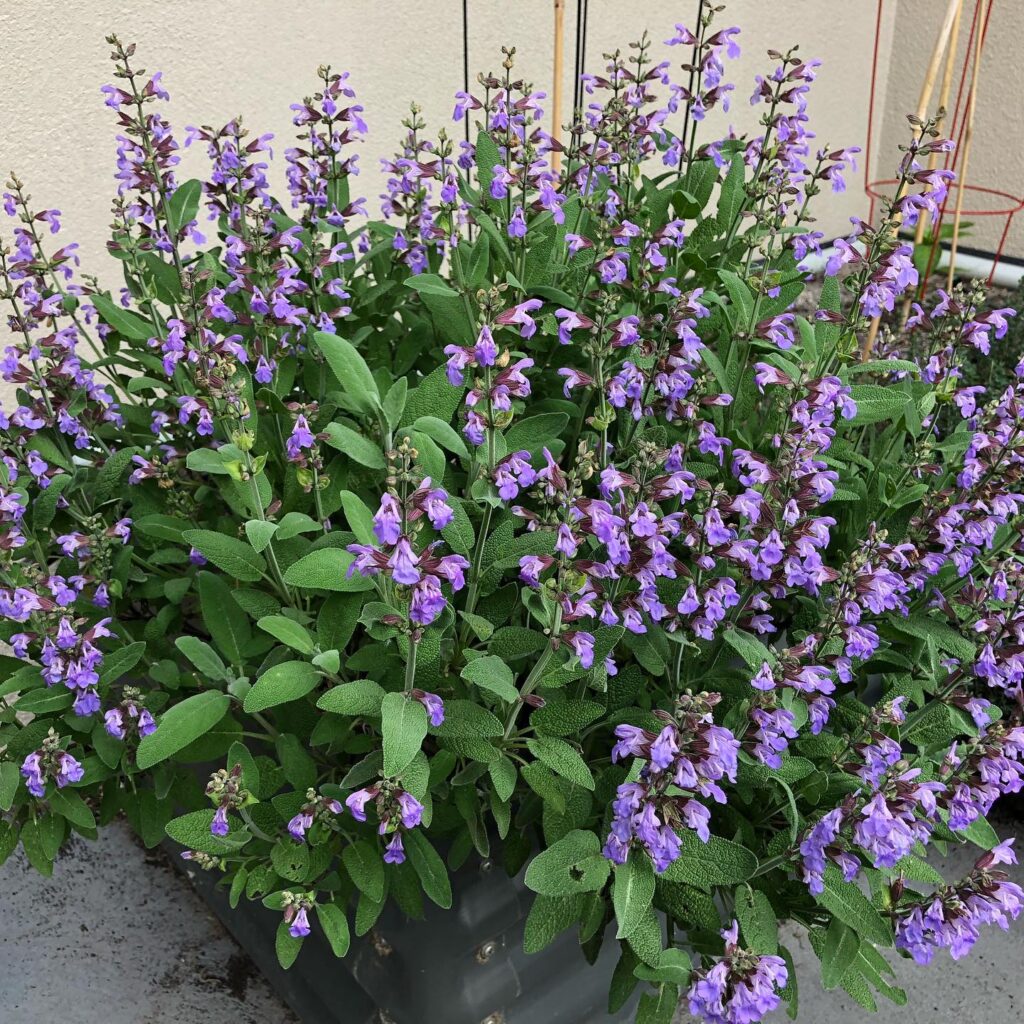
Chives + Dill + Cilantro
This moisture-loving trio prefers slightly cooler temps, making them ideal for spring and fall gardens. They share a preference for moderate sun and regular watering.
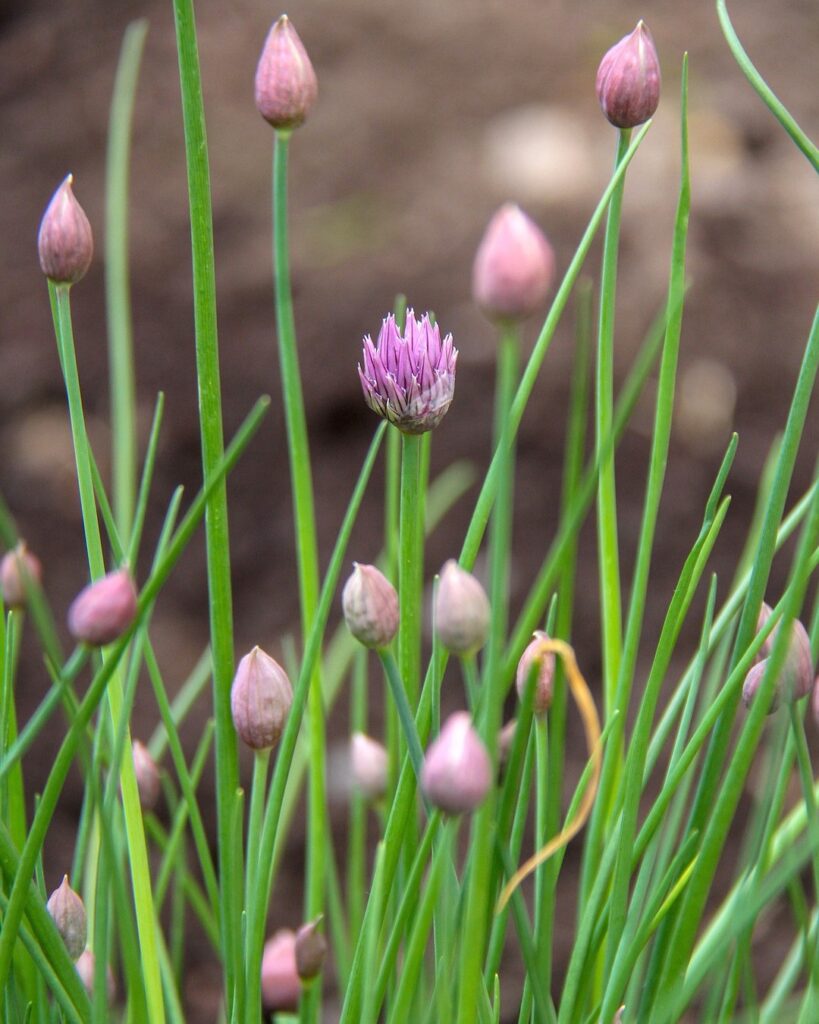
Bonus: Chives produce sulfur compounds that naturally deter aphids and other soft-bodied bugs. Cilantro attracts beneficial hoverflies, while dill is a magnet for pollinators like butterflies.
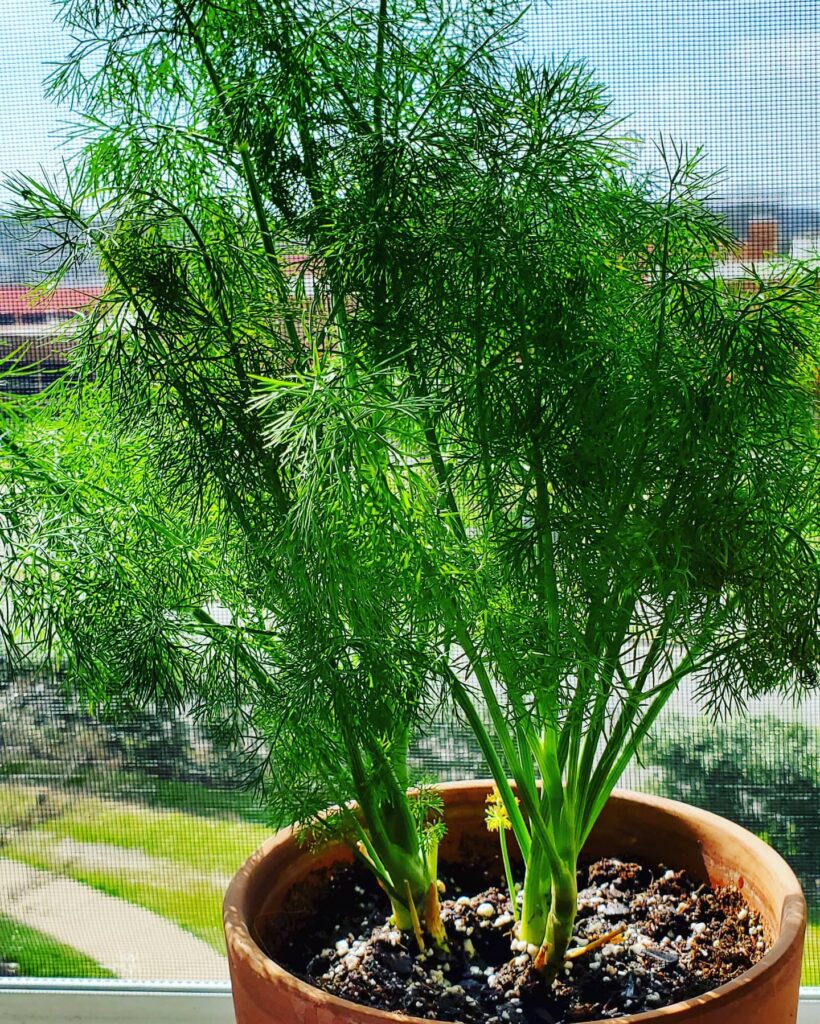
Planting these three together not only helps protect them from pests but also boosts biodiversity in your garden.
Mint (with mint)
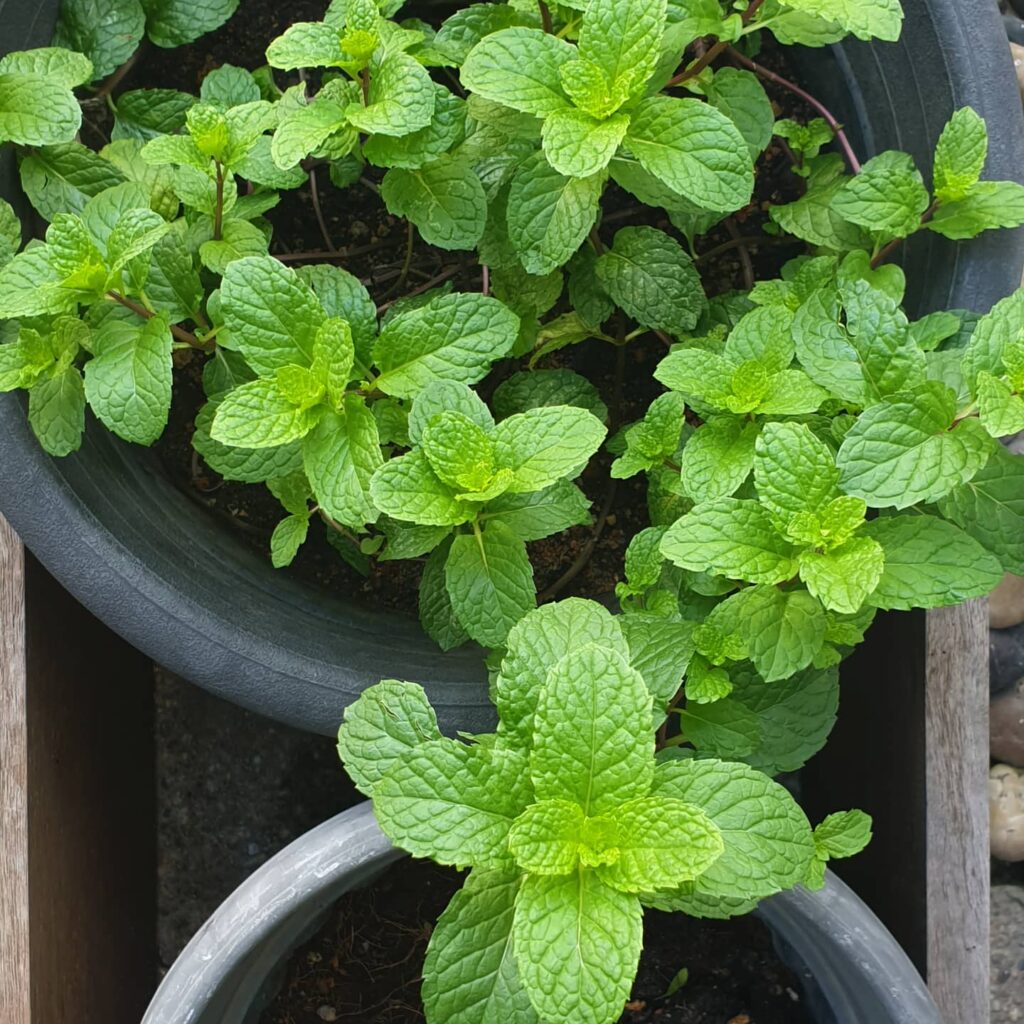
Mint loves mint. But mint doesn’t love anyone else—and most herbs don’t love it back.
It spreads aggressively and can take over your garden like it owns the place. But with its refreshing scent and culinary uses, it’s still worth growing.
Tip: Plant mint in a separate pot or container even if it’s sharing the same garden bed.
You can even bury a container in the ground to keep the roots in check.
Consider growing different varieties of mint—peppermint, spearmint, chocolate mint—in their own pots for a fun flavor experiment.
Herbs That Don’t Play Nice
Some herbs are a little antisocial or just plain disruptive:
- Fennel: It’s a loner. Seriously. It releases allelopathic compounds that can inhibit the growth of other plants nearby.
- Mint: Again—keep it in a pot, or it’ll turn your herb bed into a minty jungle.
- Dill + Carrot family: Dill can cross-pollinate with carrots or parsnips and interfere with their development if planted too close. It also has a love/hate relationship with tomatoes.
When in doubt, give the problematic herbs their own space and monitor how they interact with other plants.
Container Herb Garden Ideas
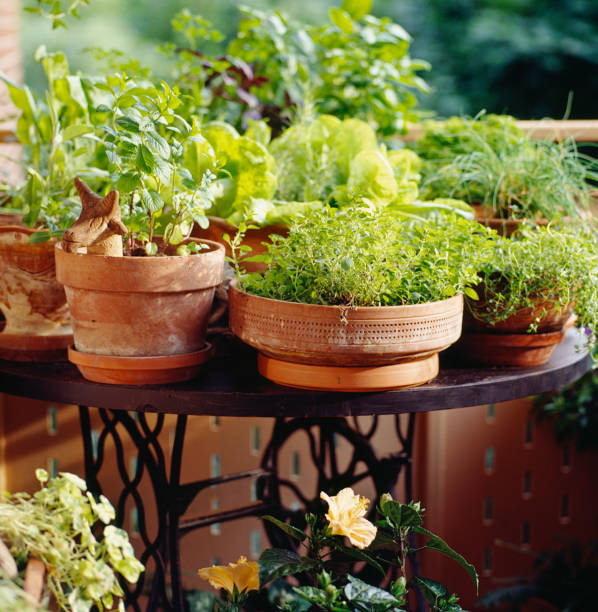
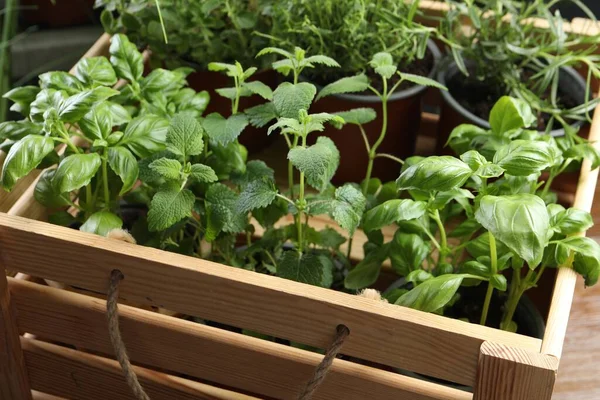
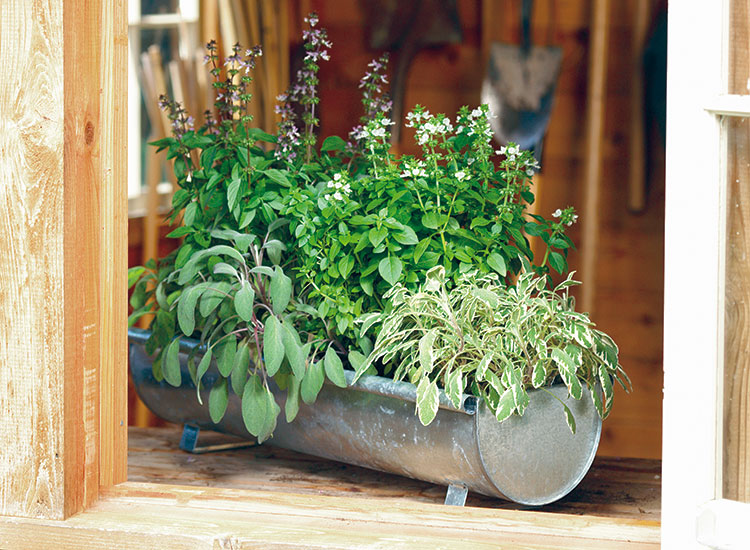
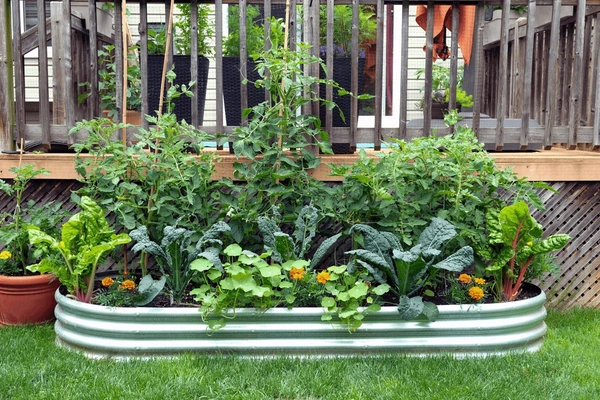
Short on space? No problem! Herbs love containers. You can grow a full kitchen garden right on your balcony, porch, or windowsill.
Here are some container combos that look good and grow great together:
- Italian Mix: Basil, oregano, thyme — perfect for pasta nights!
- Tea Garden: Chamomile, lemon balm, peppermint — calming and aromatic.
- Culinary Stars: Parsley, chives, tarragon — your go-to trio for everyday cooking.
- Pollinator-Friendly Pot: Dill, cilantro, fennel — these herbs attract butterflies and bees.
Just remember to group herbs by similar water and sunlight needs. Don’t mix a thirsty basil with a dry-loving rosemary.
Also, rotate your container herbs occasionally to ensure even sun exposure, and use quality potting mix to support their growth.
Final Thoughts
Herb gardening isn’t just about pretty plants—it’s about creating a little ecosystem that thrives together.
When you pair herbs with similar preferences, you make your life easier and end up with more flavorful, lush harvests. Win-win.
From pest control to better growth and fresher meals, companion planting with herbs is one of the simplest and most rewarding gardening techniques out there. Whether you’re a seasoned green thumb or a curious beginner, pairing the right herbs can elevate your gardening game.
So whether you’re planting in raised beds, window boxes, vertical planters, or patio pots, start with a few of these combos, trust your instincts, and enjoy the process. Your tastebuds—and your garden—will thank you.
Happy planting
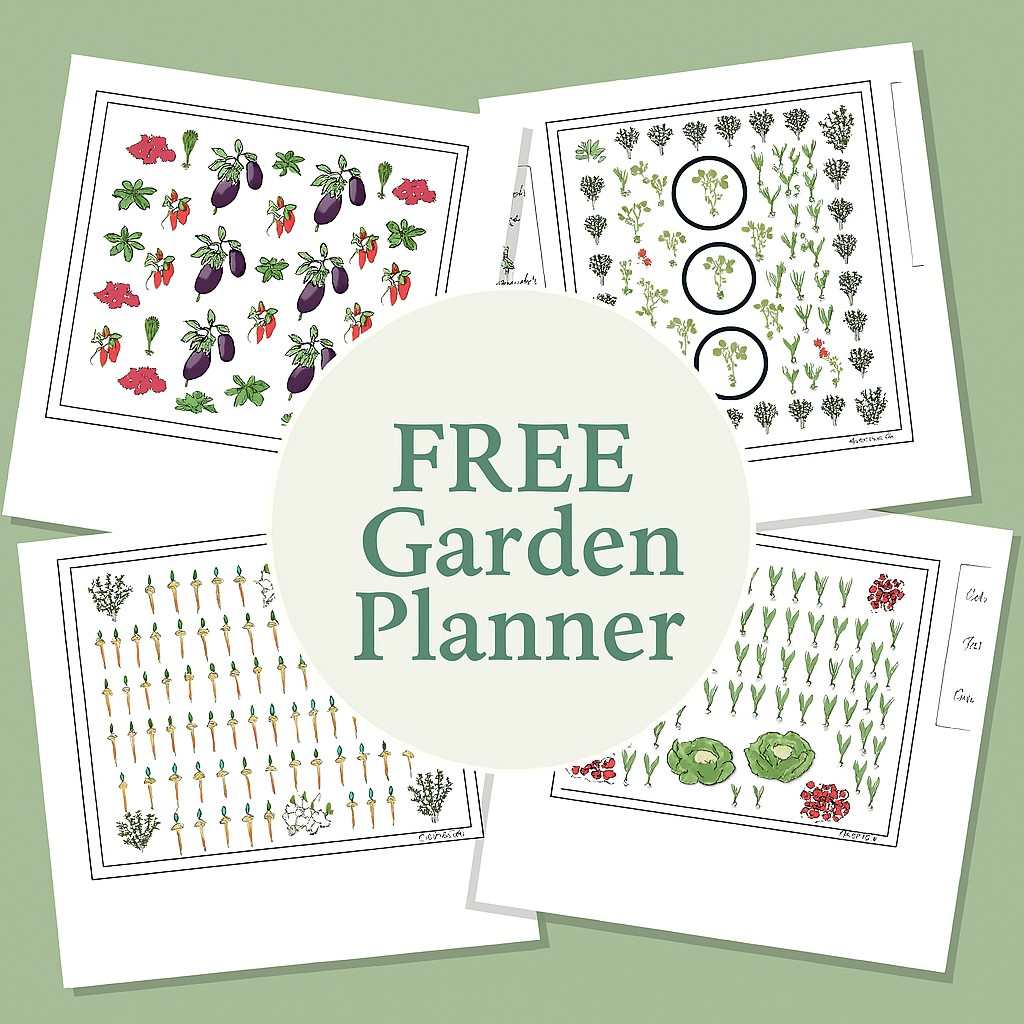

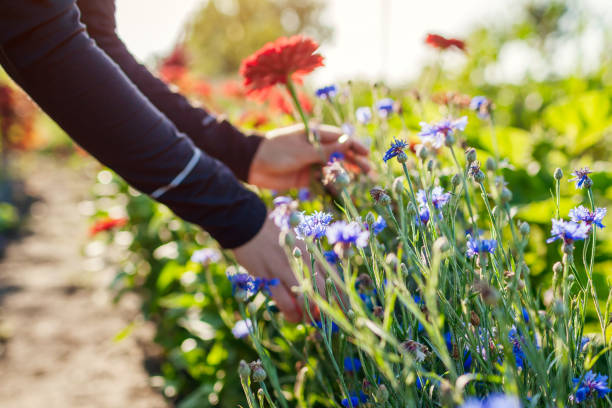
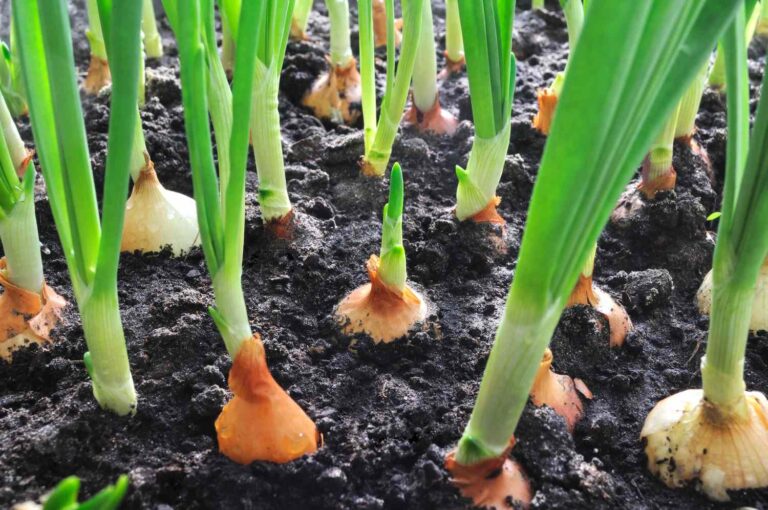
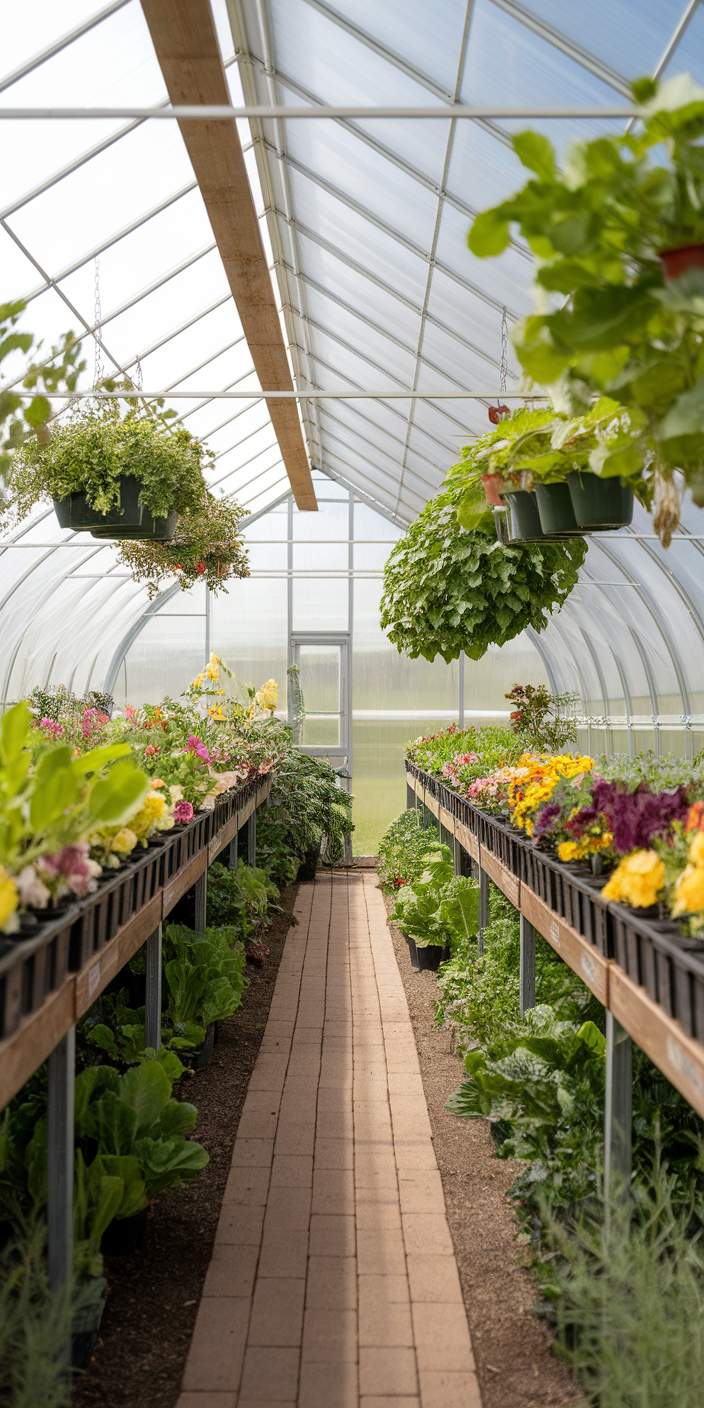
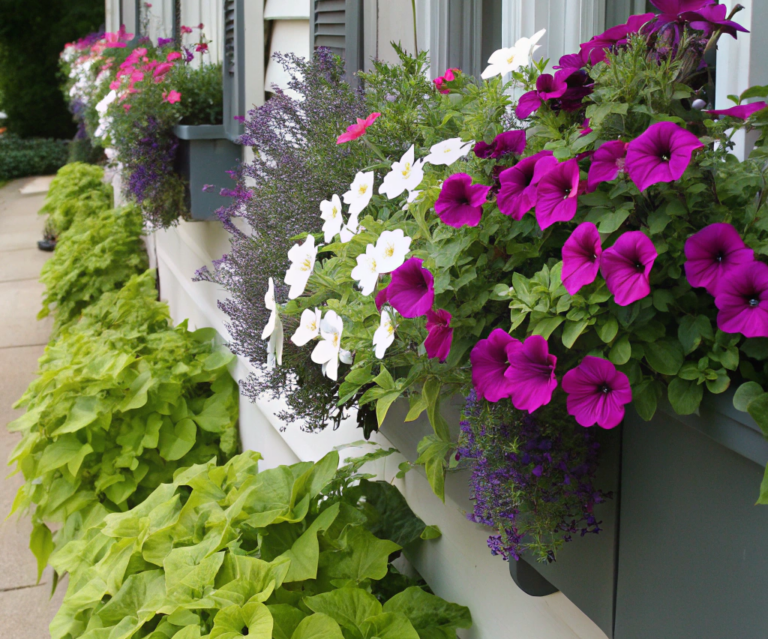

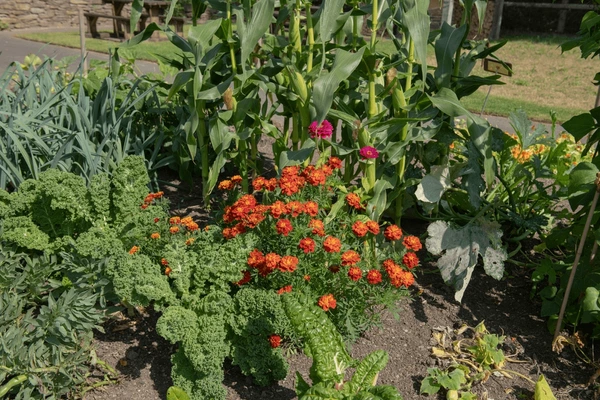
Excellent info especially regarding mint. I love the combination plants suggestion.
Thank you! Mint’s a wild one, so smart pairings really help. Glad you liked the combos!